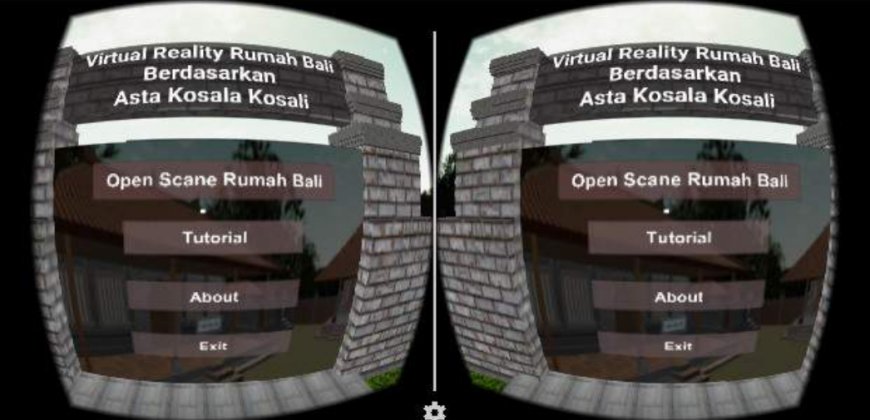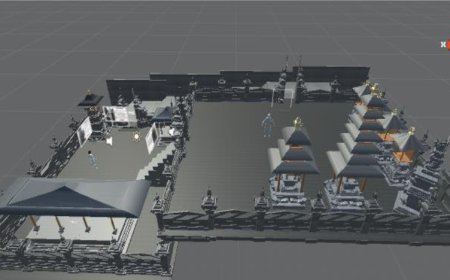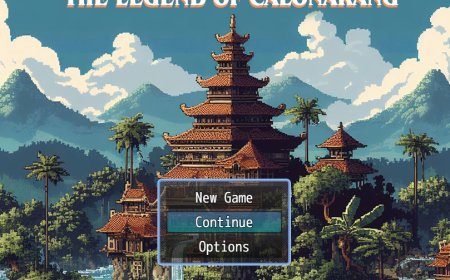Virtual Reality of Balinese Buildings: Peeking into the Richness of Balinese Architecture with the Concept of Asta Kosala Kosali through a Virtual Lens
A technological innovation has shaken up the world of traditional Balinese architecture. An Android-based Virtual Reality (VR) application now allows users to experience and understand the design of traditional Balinese houses based on the Asta Kosala Kosali concept.

Asta Kosala Kosali is a Balinese house construction guide based on balance and harmony, known as Tri Hita Karana. However, Balinese people's understanding of this concept is still limited, mainly because it is difficult to imagine the concepts from a two-dimensional image.
Sanga Mandala Concept
The Sanga Mandala concept is used in determining the location of buildings in Balinese houses based on Asta Kosala Kosali according to the cardinal directions. The process of making a Balinese traditional house based on Asta Kosala Kosali is also said to be a way of arranging land for residences and sacred buildings in traditional Balinese houses, whose building arrangements are based on the anatomy of the body that owns the house.
Balinese House Scene Display and Information when run with VR Mode
Through this VR application, users can "enter" and interact with traditional Balinese house models that are simulated in three dimensions. With the help of VR Box tools and Gyroscope and Accelerometer sensors on smartphones, users can enjoy a stunning stereoscopic visual experience. This application is developed using Unity Engine, a platform that enables integration between virtual objects and three-dimensional environments, resulting in a realistic and immersive VR experience.
Bale Detail Scene View when run with VR Mode
Not only that, the app also comes with an auto walks feature that allows users to "walk" around traditional houses by tilting their smartphone. An auto click gaze point feature is also included for easy access to information about each building.
Bale Detail Scene view when the Gaze Click Pointer is focused on one of the modeling details that are part of the bale building details
This VR application of traditional Balinese architecture is an innovative step to introduce and promote Balinese cultural heritage to the younger generation. With VR technology, it is expected to increase the understanding and knowledge of Balinese people towards Asta Kosala Kosali and the wealth of Balinese traditional architecture.
With this application, it is hoped that Balinese people, especially the younger generation, will be more interested and moved to understand and preserve their traditional architectural wealth. VR technology has brought the concept of Asta Kosala Kosali from theory to something that can be felt and learned in a more interactive and fun way.
Information panel view of the 3D model
Thus, the Virtual Reality application "Architectural Design of Balinese Houses Based on Asta Kosala Kosali" is a step forward in an effort to preserve and promote Balinese cultural heritage for future generations.
Source: "Application of Virtual Reality Design of Traditional Balinese House Architecture Based on Asta Kosala Kosali Based on Android", I Gede Winaya Adnyana, Final Project of Information Technology Study Program, 2018.






























































